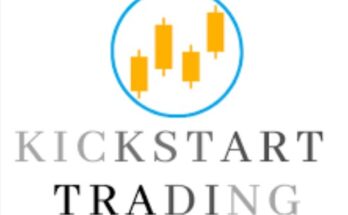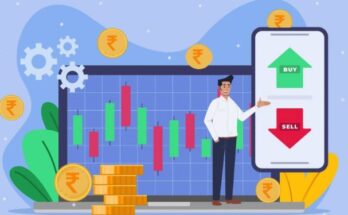Title: Commodity Trading: A Comprehensive Guide
Introduction:
Commodity trading, a cornerstone of human economic activity for centuries, involves the buying and selling of physical goods such as agricultural products, energy resources, and precious metals. This dynamic and multifaceted market provides investors and traders with opportunities to diversify their portfolios and hedge against inflation. In this comprehensive guide, we will explore the fundamental aspects of commodity trading, including the types of commodities, trading strategies, and the factors influencing commodity prices.
- Types of Commodities: Commodity trading encompasses a wide range of goods, classified into two main categories: hard commodities and soft commodities.
- Hard Commodities: These include natural resources such as metals (gold, silver, copper), energy resources (crude oil, natural gas), and agricultural products (soybeans, corn, wheat).
- Soft Commodities: Soft commodities primarily consist of agricultural products like coffee, cocoa, sugar, and cotton.
- Futures and Spot Markets: Commodity trading often occurs in two main markets: futures and spot markets.
- Futures Markets: Traders in the futures market agree to buy or sell a commodity at a predetermined price on a future date. Futures contracts serve as a tool for hedging against price fluctuations and are commonly used by producers and consumers of commodities.
- Spot Markets: In contrast, spot markets involve the immediate exchange of commodities for cash. Spot prices reflect the current market value of a commodity and are influenced by factors such as supply and demand, geopolitical events, and weather conditions.
- Factors Influencing Commodity Prices: Commodity prices are subject to a myriad of factors, making this market particularly dynamic and challenging to predict.
- Supply and Demand: The fundamental forces of supply and demand play a significant role in determining commodity prices. Factors such as weather conditions, geopolitical events, and technological advancements can impact supply, while changes in consumer preferences and economic growth influence demand.
- Geopolitical Events: Political instability, trade tensions, and conflicts can disrupt the production and distribution of commodities, leading to price volatility. Traders closely monitor geopolitical developments for potential impacts on global commodity markets.
- Global Economic Conditions: The health of the global economy has a direct impact on commodity prices. Economic growth typically increases demand for commodities, while economic downturns can lead to reduced consumption and lower prices.
- Currency Movements: Commodity prices are often denominated in U.S. dollars. Therefore, fluctuations in currency values, especially the U.S. dollar, can influence the competitiveness of commodities in international markets.
- Trading Strategies in Commodity Markets: Trading commodities requires a nuanced approach, and various strategies are employed by traders to navigate this complex market.
- Trend Following: Traders may use technical analysis to identify trends in commodity prices and execute trades based on the continuation or reversal of these trends.
- Fundamental Analysis: This strategy involves analyzing supply and demand fundamentals, weather patterns, geopolitical events, and economic indicators to make informed trading decisions.
- Spread Trading: Traders can capitalize on price differentials between related commodities or different contract months. This strategy involves simultaneously buying and selling related contracts to profit from relative price movements.
- Hedging: Producers and consumers of commodities use hedging strategies to protect against adverse price movements. Futures contracts are commonly employed for hedging purposes.
- Risks and Challenges in Commodity Trading: Commodity trading is not without its risks, and traders must be aware of potential challenges.
- Price Volatility: Commodity markets are known for their inherent volatility. Prices can experience rapid and unpredictable fluctuations, exposing traders to significant risks.
- Leverage: Many commodity trades involve the use of leverage, amplifying both potential gains and losses. Traders must carefully manage leverage to avoid excessive risk.
- Market Knowledge: Understanding the unique factors influencing each commodity and staying informed about global events and market dynamics is essential for successful commodity trading.
- Regulation and Oversight: Commodity markets are subject to regulatory oversight to ensure fair and transparent trading practices. Regulatory bodies vary by region, with the U.S. Commodity Futures Trading Commission (CFTC) being a prominent example.
Conclusion:
Commodity trading is a vast and diverse market offering opportunities for investors seeking exposure to tangible assets. From agricultural products to energy resources and metals, the world of commodities is influenced by a complex interplay of factors. Traders and investors must navigate this complexity, employing diverse strategies and staying informed about global events that impact commodity prices. As a cornerstone of economic activity, commodity trading continues to play a crucial role in shaping global markets and providing a platform for both risk management and profit generation.



